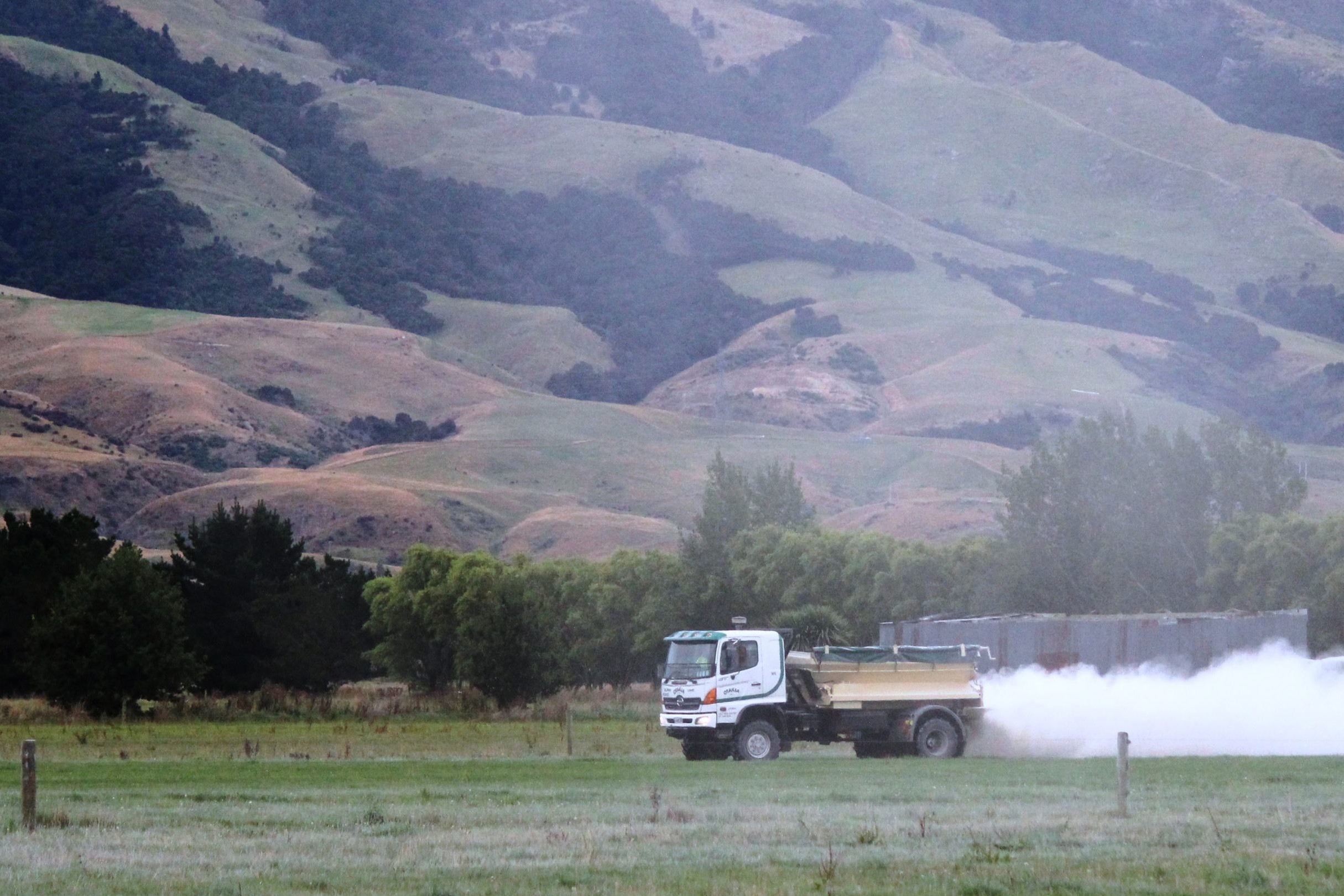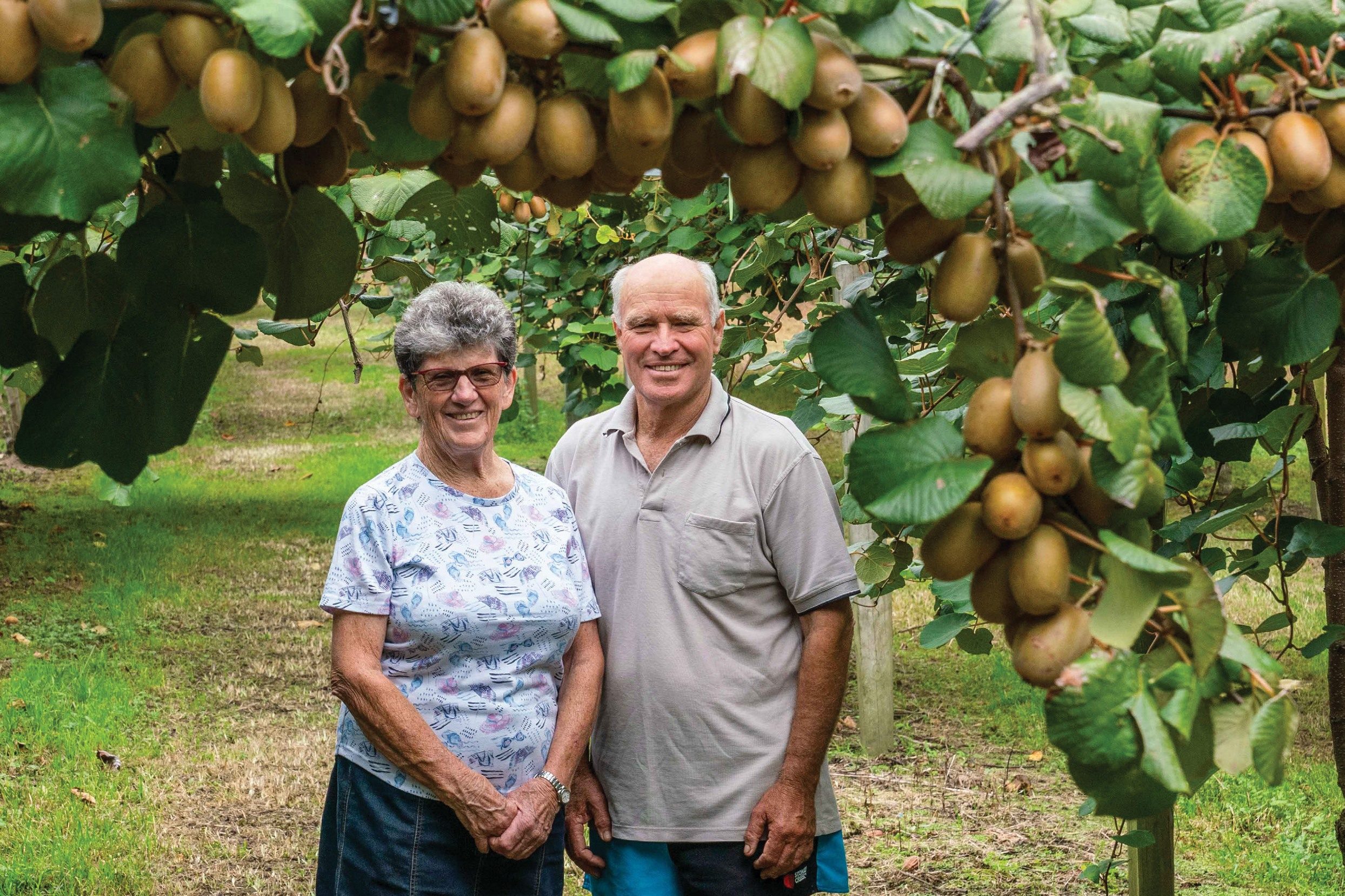Transpondo senior researcher and consultant Wagner Beskow compares the performance of five systems based on an ongoing benchmarking study conducted on 73 farms across Brazil.
In ‘Dairy farming in a land of contrasts’ (August issue, p21), we explained how milk is produced in Brazil, pointed out the main inefficiencies detected, and mentioned the country’s potential. In this article we will compare the performance of five systems, based on an ongoing benchmarking study conducted on 73 farms across the country, run by proactive farmers.
Systems were fully housed cows in free stall (FS) and composting barns (CB); semi-confinements (SC) in the open, with minimal grass offered; intensive grazing with moderate supplementation (IGMS), and grazing with high supplementation (GHS), comparable to New Zealand systems 3 and 5, respectively. Less intensive grazing systems were not present in this group of properties. As shown in the table, housed systems yielded significantly higher per cow and per area performances and were also able to sustain more stock per hectare (all references to area include young stock and the whole land effectively used). Semi-confinements were intermediate between these and the two grass-based systems.
The reliance on high levels of supplementation in GHS tended to lead to deficient feed planning and insufficient control of pasture and grazing parameters (undergrazing, overgrazing, and pugging were commonly found). Operating expenses were noticeably lower in IGMS ($3.94) in contrast with FS ($5.47/kg MS).
Return on capital (ROC) was significantly lower both in FS (3.9%) and GHS (3.2%). FS requires the highest investment of all the systems considered and its higher output was not enough to outperform the other models.

On average, CB and IGMS were the most profitable systems, with 9.4 and 8.4% ROC respectively. A few individual farms of CB, SC, and IGMS achieved 20-25% ROC during the referred period, whereas FS and GHS maximum observed was 5.2% and 15.2% respectively. This denotes a good potential for improvement, even among leading Brazilian dairy farmers.
Milk price, input costs, and labour (both cost and availability) were the three most common concerns expressed by farmers, while consultants found feed planning, financial control, and management decisions more critical than those. Amongst farmers’ main concerns, labour is the one that worries them most, because the current trend is for it to become scarcer and less qualified, though not yet as critical as it seems to be in New Zealand.
Brazil’s labour productivity is very low, ranging from 12-40 cows per labour unit (LU) on most farms (70 are the highest). An average Kiwi LU does the work of 3.75 Brazilians. Each Brazilian milker costs the equivalent of $9.25/hour, so (times 3.75) one Kiwi LU equivalent costs $34.69/hour, with all legal requirements and workers rights met. Experienced workers are hard to find and keep. Average workers are untrained and it takes from one to two years for them to reach an unassisted working level, after hours of tutoring and costly errors. Luckily, better access to the internet is making the countryside more attractive to more people.
In this area, specialised dairy labour formation and training is possibly the main barrier to be overcome in Brazil.
- Wagner Beskow is a senior dairy researcher and farm consultant with Transpondo, Brazil.





